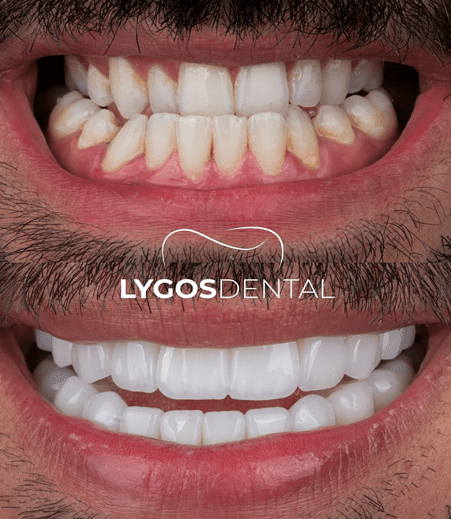In the field of modern cosmetic dentistry, choosing the right material for veneers or crowns plays a major role in the success and longevity of a smile makeover. Two of the most advanced and widely used options today are Emax and Zirconia both known for their durability, biocompatibility, and aesthetic appeal. Understanding the strengths and limitations of each material helps patients make well-informed decisions before treatment.
What Are Emax Veneers?
Emax veneers are crafted from lithium disilicate glass ceramic, a translucent and high-strength material that closely resembles natural tooth enamel. Their light-reflective properties make them particularly suitable for the front teeth, where the visual outcome is critical.
Key Advantages:
- Superior translucency and lifelike appearance
- Minimal removal of natural tooth structure
- High resistance to staining and discoloration
- Ideal for aesthetic smile enhancements
Emax is often recommended when patients prioritize appearance and want veneers that blend seamlessly with natural teeth.
What Are Zirconia Crowns?
Zirconia crowns are made from zirconium dioxide, a highly durable ceramic material capable of withstanding significant biting forces. They are commonly used for molars, bridges, and implant-supported restorations where strength is the top priority.
Key Advantages:
- Exceptional mechanical strength and longevity
- Suitable for patients with strong bite pressure
- Resistant to chipping and fracture
- Compatible with dental implants
Zirconia is less translucent than Emax but offers unmatched resilience, making it a popular choice for full-mouth restorations or patients seeking long-term stability.
Emax vs Zirconia: A Clinical Comparison
| Feature | Emax Veneers | Zirconia Crowns |
| Material Type | Lithium Disilicate Ceramic | Zirconium Dioxide |
| Transparency | High (natural look) | Moderate |
| Strength | ~400 MPa | 900–1200 MPa |
| Best Suited For | Front teeth, cosmetic veneers | Back teeth, implants |
| Aesthetic Level | ★★★★★ | ★★★★☆ |
| Durability | ★★★★☆ | ★★★★★ |
From a clinical standpoint, Emax offers superior aesthetics, while Zirconia provides greater durability. In many advanced dental practices, a combination of both materials is used Emax for the visible front teeth and Zirconia for the molars, achieving both strength and natural beauty.
Choosing the Right Option
The ideal choice depends on several factors: the patient’s bite pattern, location of the tooth, budget, and aesthetic expectations.
Dentists typically assess these through digital scans, mock-ups, and bite analyses before recommending a material.
While Emax excels in appearance, Zirconia remains unmatched for mechanical strength. Ultimately, the most effective treatment balances both form and function combining artistic design with clinical precision.
The Future of Aesthetic Dentistry
Advancements in CAD/CAM technology, digital design, and minimally invasive techniques have made both Emax and Zirconia restorations more precise and durable than ever before. As a result, patients can now achieve natural-looking smiles that last for years without compromising oral health or comfort.



































